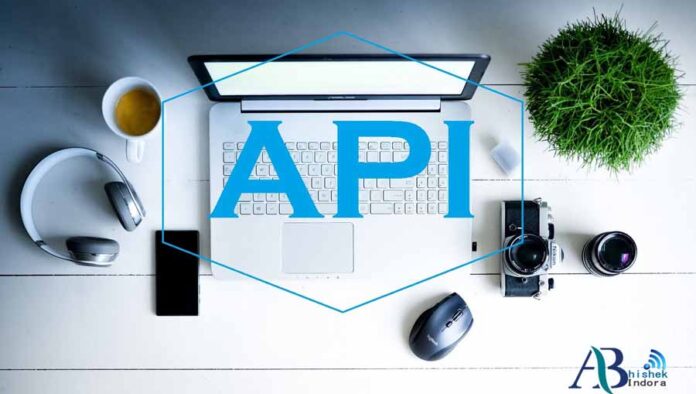In the development process of an Application Programming Interface (API), API virtualization is the last phase before the merchandise is released into the market. It’s a way of testing out a totally functional virtual copy of the API, i.e. the closest that the API’s design team can work with before they declare it a sellable product.
If you’re a part of the API team and have seen the project go from its stubbing, mocking, and simulation stages to full-on virtualization, then congratulations for creating it this far. Like within the stubbing, mocking, and simulation stages, you shouldn’t expect the event to be error-free upon virtualization, but this is often definitely your chance to comb out the previous obstacles to your API’s launch.
Benefits of Using API Virtualisation
1. Virtualization can transcend the capacities of individual mocks.
In other words, this is often the stage where you’ll be ready to see the API because of the sum of all its individual parts, the stage which will repose on the benefits of open API mocking processes. You’ll be ready to survey the API because it behaves during a more robust and fewer static manner than individual mocks. the complete assembly will achieve more complex things, like record virtual API responses. You’ll even be ready to run tests on the API that are more thorough in nature, like its overall performance, its security, the smoothness of its integration, and therefore the like.
2. The fine-tuning within the virtualization stage may speed up an API product’s time to plug.
The less time the merchandise spends in its testing and development phases (where costs can really build up), the higher it’ll be for your company’s profits. Many API development companies like Stoplight understand that if you’re efficient enough during virtualization, you’ll reduce the time API takes to urge to plug and collect the earliest possible profits from it.
3. It’s at the virtualization stage where you’ll shear down redundancies.
Speaking of integration, the API virtualization stage is where you’ll make it your primary focus. Now that you simply have all of the components in situ, you’ll slowly reduce the number of redundancies there are within the structure. the fewer redundancies, the more seamless the mixing experience is going to be for your API’s adopters.
4. During virtualization, the API’s development team can simulate errors during a safe, controlled, and adjustable environment.
At this stage, failure isn’t necessarily a nasty thing—to make certain, you’ll want to confront what failure seems like on your API before your target users experience the failure for themselves. It’s during the virtualization stage that you simply can test error messages, determine rate limits, and note what happens to the API during downtime—all without fear about real users affected by real-life downtime at the instant.
5. you’ve got the choice to open up the API virtualization to a limited user and developer base.
This last benefit is totally up to you. If you think that it might serve you well to urge third party developers and users into the method early, and if you trust them enough, you’ll make the API virtualization available to them. they’ll be very grateful to you, as they’ll be ready to get an entire picture of the API for themselves—so, during this case, API virtualization is often your initiative toward building an entire community around your API.
API Virtualization can never be underestimated. the worth it brings to the API development cycle is way too valuable for it to be overlooked. Once you’ve cleared the API virtualization stage with flying colors, it’ll be all systems choose your API product launch.



